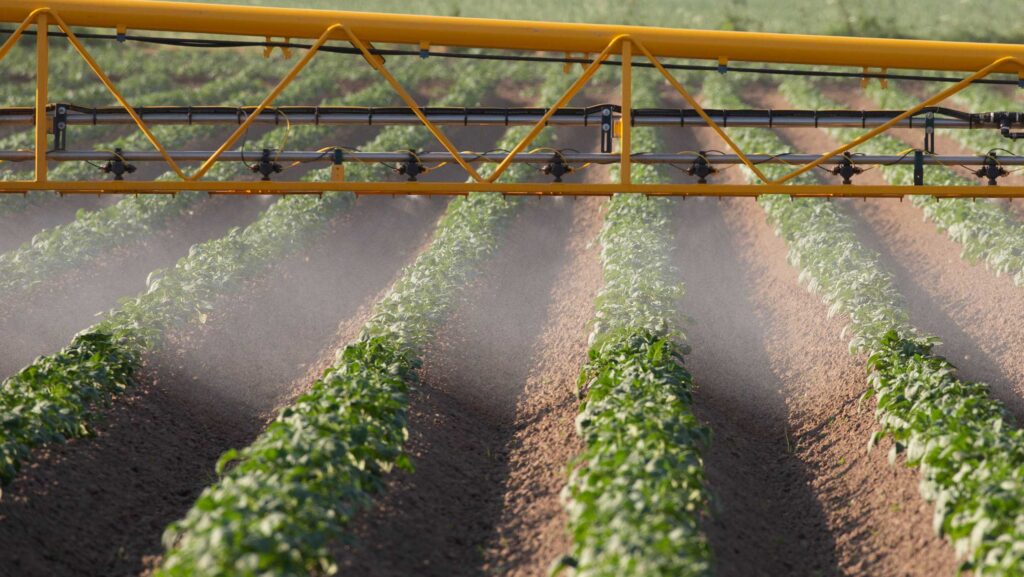Cereals 2024: Corteva’s biological N raises yields in 80% of crops
 © Tim Scrivener
© Tim Scrivener A biological product used in the 2023 season helped to fix nitrogen from the air and led to yield increases in 80% of crops of maize, sugar beet and potatoes.
The bacteria spray from agrochemical and seed giant Corteva, called BlueN, when applied to a crop converts free nitrogen from the atmosphere into ammonium and then into amino acids to help boost plant growth.
“The product is able to fix 30kg/ha from the atmosphere and when applied on top of a farm’s normal nitrogen rate increases yields in 80% of cases,” says John Sellars, the group’s manager of biological products in the UK.
See also: Cereals 2024: First two-row barleys with BYDV tolerance
A foliar application of the bacteria enters the plant through the stomata on the leaves, and it can take a week to “colonise” on a crop and then can fix about 3kg/ha of nitrogen a week.
The product can be applied to potatoes once the crop is meeting in the rows and to sugar beet from the six-leaf stage
Hundreds of growers have tried the product on the three crops during the 2023 growing season, adds John.
In potatoes, the average response was to increase yields by 2.5t/ha, and the product is priced at £30/ha or about the same price as 30kg/ha of ammonium nitrate.
It can be added to a normal nitrogen dosage or used to replace 30kg/ha of ammonium nitrate.
John adds the product is better for the environment as it feeds the plant over a long period and is less likely to be leached away by rainfall as can be the case with ammonium nitrate applications.
The product was tested on winter wheat by applying it at the T1 stage in late April, where the win rate for increasing yields was slightly less than the other crops at 60%, with crops seeing an average yield response of 0.17t/ha.
John was speaking at the Cereals 2024 event at Newnham, near Baldock, Hertfordshire, where he explained that his group had been building up a biologicals business over the past couple of years by developing new products and by acquisitions.

